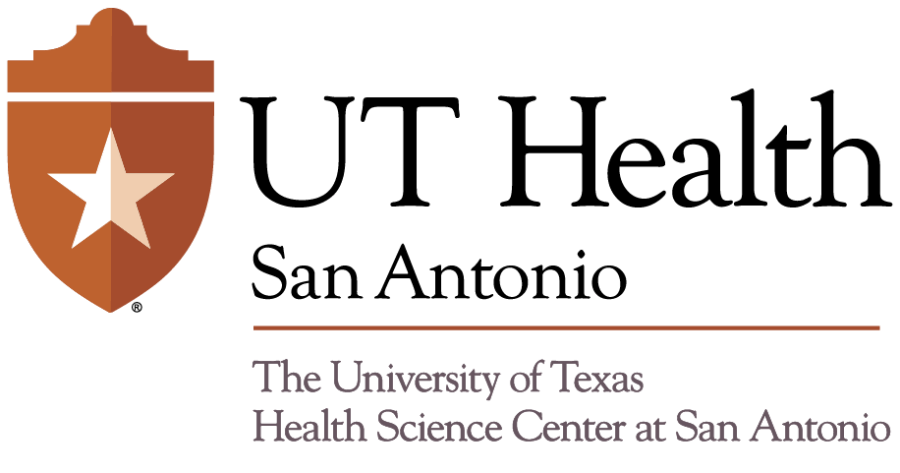Texas has the second highest number of deaths related to Alzheimer’s disease in the country and is home to a large Hispanic population that is disproportionately affected by the disease. Investigators at the Glenn Biggs Institute for Alzheimer’s and Neurodegenerative Diseases are making targeted efforts to better represent this population in research, and the Brain Bank serves as a vital resource to better understand the progression of this complex disease.

“At the Biggs Institute, we have a very unique opportunity to get a better understanding of Alzheimer’s disease in an underserved and underrepresented population and its impact in the state of Texas,” said Kevin F. Bieniek, PhD, assistant professor in the Department of Pathology and Laboratory Medicine and co-director of the Brain Bank at the Biggs Institute at UT Health San Antonio.
The Biggs Institute is one of 33 centers in the nation and the only one in Texas recognized as a National Institute on Aging (NIA)- designated Alzheimer’s Disease Research Center and leads as a center in the number of Hispanic patients served, contributing to care for an underserved population as well as representation in research, Bieniek said. The institute’s Brain Bank, a repository of brain and nervous system tissues from a variety of neurodegenerative disorders, was established in 2018 to enhance research efforts by obtaining brain donations from people in the community.
“A lot of our effort right now is to find ways that make brain donation more accessible for our Hispanic population. We’re trying to answer and address questions about what the motivations and barriers are to donating,” Bieniek said. “Our goal is to serve and, importantly, represent our community.”
Understanding complex diseases like Alzheimer’s depends on having a well-represented depiction of that disease, Bieniek explained. Because a donated brain is like a “snapshot” of the disease in a single person at a single point in time, donations are needed from multiple people at all different stages of the disease. A healthy brain standard to compare to is also necessary to get the whole spectrum of the process.
“Seeing the process of a healthy brain aging as well as different progressions of the disease allows us to see small deviations and nuances of the disease,” he said.
One of the biggest developments for the Brain Bank is that, as patient care at the Biggs Institute has grown and evolved, it is now receiving brain donations from patients who were seen and treated throughout the progression of their disease.
“From that we can connect the life story of these individuals; the disease progression, the follow-ups in the clinic, their biomarkers, imaging, and then, upon end of life, studying their brain as well. It allows us to understand the disease in a really complex way,” Bieniek said.
To date, the Brain Bank has 329 donated brains. To find out more about donating to the Brain Bank, as well as information about patient care and clinical trials, visit: biggsinstitute.org.


